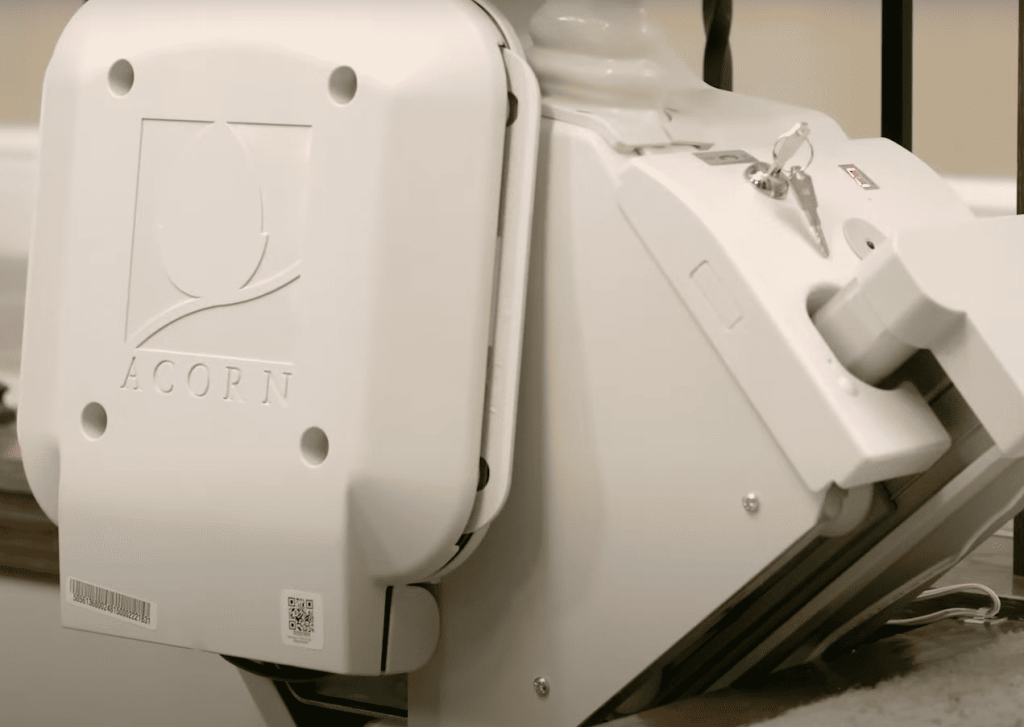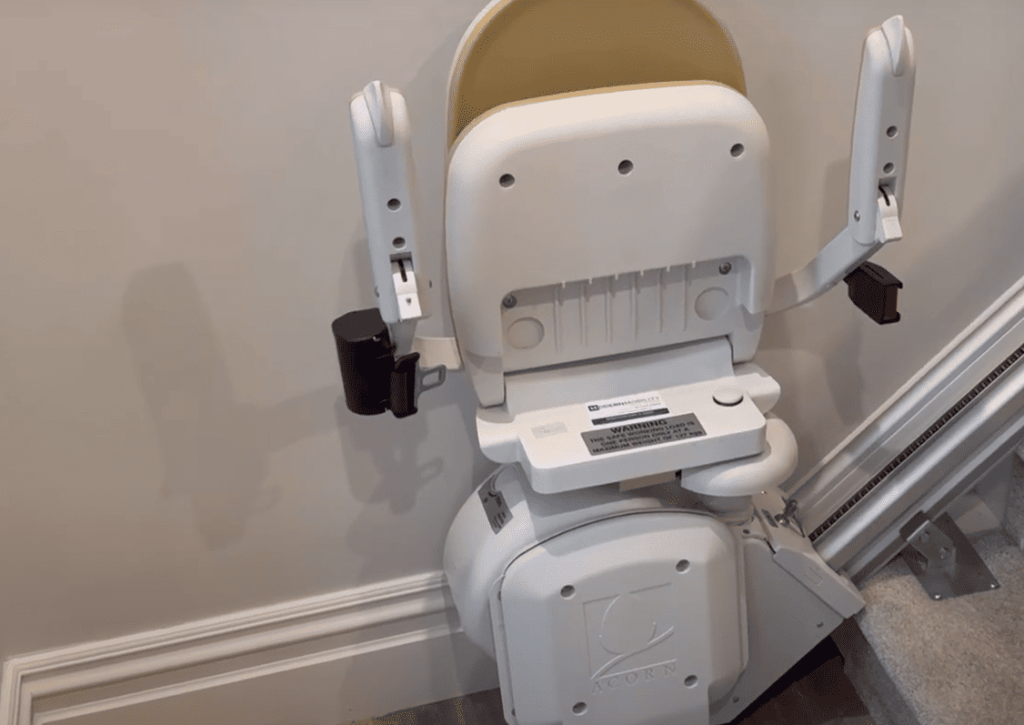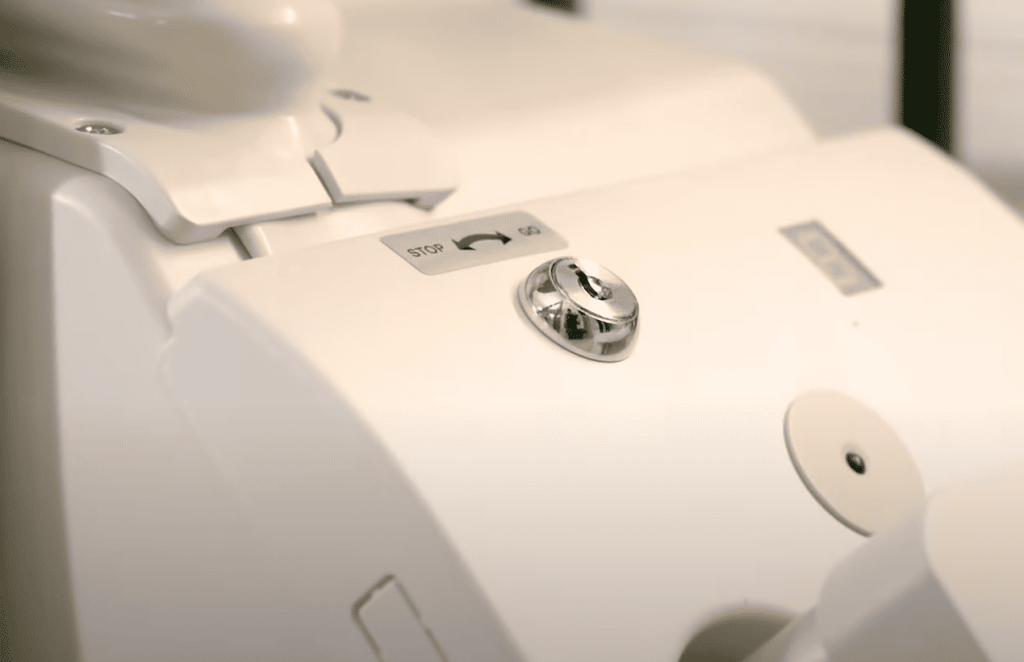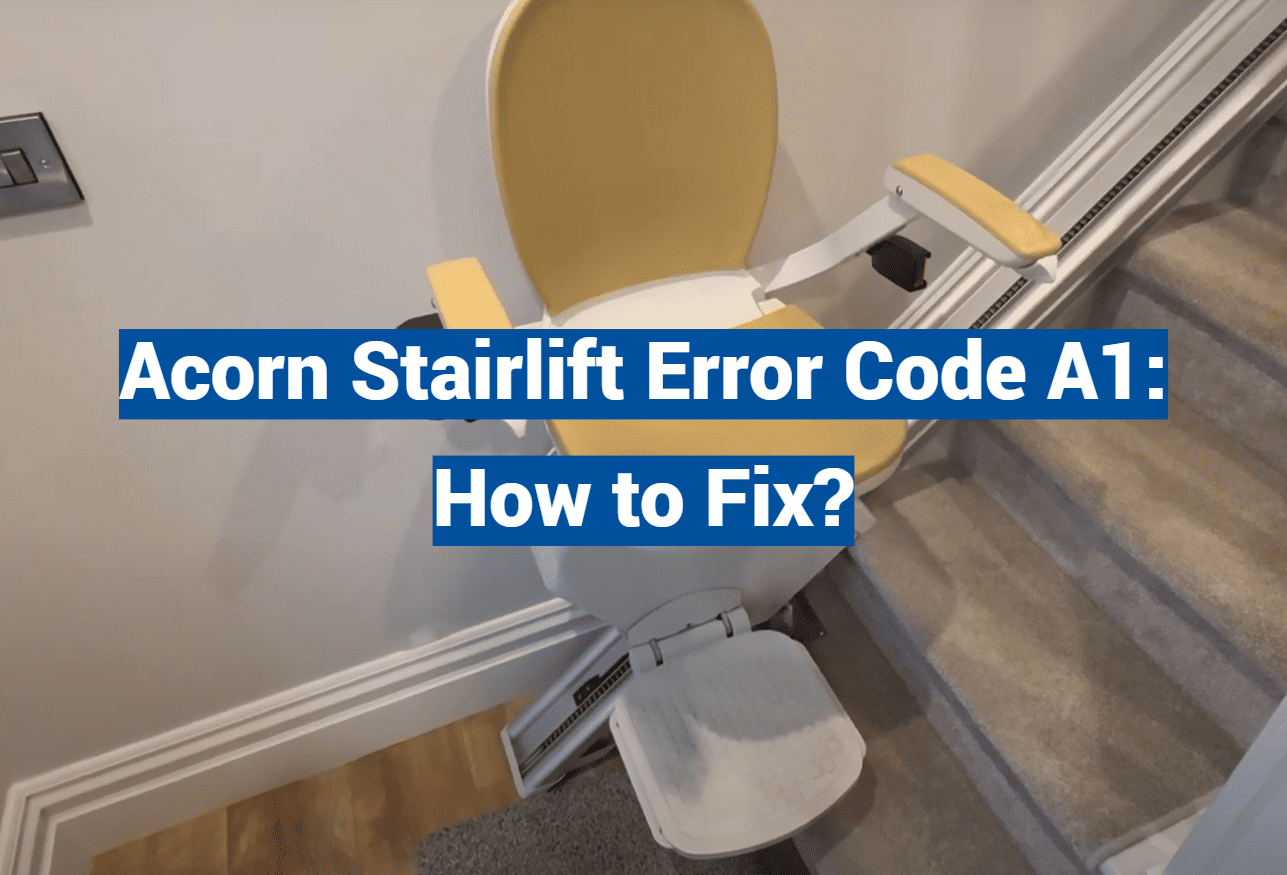If your home mobility system suddenly starts beeping with a flashing alert, don’t panic. Many assume these signals mean costly repairs, but most charging-related warnings are routine reminders. For example, the “A1” status on certain chair models simply means it’s time to reconnect to power – like your phone nudging you to plug in at 10% battery.
This specific alert appears when the device detects low energy reserves. It’s designed to guide users toward simple solutions: verifying power switches, reactivating controls, or repositioning the unit on its charging dock. These steps resolve 80% of cases without requiring technical support.
Understanding your equipment’s language helps avoid unnecessary stress. While some codes indicate mechanical issues, others – like A1 – exist to maintain smooth operation. Manufacturers build these alerts to empower users, not overwhelm them.
Key Takeaways
- The A1 alert signals low battery levels, not system failure
- Always check power connections and docking position first
- Most charging issues resolve with basic troubleshooting
- Know when to contact certified technicians for complex problems
- Regular maintenance prevents 75% of operational alerts
If basic reset attempts don’t silence the beep, contact authorized repair specialists familiar with your model’s unique needs. Their expertise quickly restores safety and independence – often within the same day.
Understanding Stairlift Fault Codes
Manufacturers design diagnostic alerts to simplify troubleshooting for both users and experts. These systems act like a translator, turning technical issues into clear messages. Let’s explore how modern mobility devices communicate their needs.

Decoding Manufacturer Systems
The Acorn Brooks Superglide series and similar models use unique coding languages. For example, the Brooks Superglide 120 might show different signals than the T700 model. Knowing your specific system helps pinpoint solutions faster.
Fault Codes as Diagnostic Tools
These alerts serve two main purposes:
- Guiding users through basic fixes
- Providing technicians precise details during phone consultations
Over 60% of issues get resolved remotely when customers share accurate codes, reducing the need for service visits.
From Lights to Letters
Early systems used colored LEDs that often malfunctioned. Modern displays show letters and numbers instead. This upgrade made diagnostics 40% more reliable, according to repair specialists.
When troubleshooting, always check your manual first. If confusion persists, call stairlift professionals familiar with your model’s coding system. Their expertise often saves time and prevents further complications.
Troubleshooting acorn stairlift error code a1
When your equipment signals a charging issue, start with these verified solutions. Most power-related alerts resolve quickly when addressed promptly. Let’s walk through practical steps to restore normal operation.
Step-by-Step Guide to Diagnose Power Issues
First, locate the power switch near the base of your device. Ensure it’s flipped to the “on” position – this simple check solves nearly half of all charging alerts. Next, press the activation toggle firmly until you hear a confirming click.
If the alert persists, carefully guide your equipment to its designated lift charge station. Proper alignment with the metal contacts ensures energy transfer. Listen for the confirmation tone indicating successful docking.
| Step | Action | Success Indicator |
|---|---|---|
| 1 | Check power switch | Green light illumination |
| 2 | Activate toggle | Control panel response |
| 3 | Dock at charge point | Audible confirmation beep |
Initial Checks: Power and Charge Status
Examine the wall outlet using another device to confirm functionality. Test the charging cables for visible damage. If your equipment shows no response after these checks, contact certified technicians familiar with your model’s requirements.
Persistent beeping typically means the system isn’t receiving power. Document the pattern – two short beeps followed by a pause often indicates specific charging needs. Professional teams like Stairlift Medics can often diagnose these patterns remotely.

Interpreting Display Codes and Error Messages
Your equipment’s display panel acts as a communication hub, using specific combinations to share real-time status updates. Learning this language helps you respond appropriately to routine alerts and potential issues.
Digital Display Code Breakdown
Modern systems categorize alerts into four groups:
| Code Type | Examples | Meaning |
|---|---|---|
| Normal Operation | A2-A5 | Lift operating up/down via controls |
| Charging Status | C1, C4 | Battery charging/charged |
| Safety Alerts | E1-E4 | Safety edges detecting obstructions |
| System Errors | F1-F8 | Require professional assessment |
Multiple alerts (H1-H4) usually mean several safety edges need inspection. Always check for objects blocking footrests or track areas first.
Safety Edge Responses Made Simple
When E-codes appear:
- Visually inspect footrest and chassis areas
- Remove any debris touching sensors
- Test movement after clearing obstructions
Persistent alerts might indicate misaligned components. “80% of E-code issues resolve with thorough cleaning,” notes a mobility technician.
Remote Support Advantages
Many modern systems allow specialists to:
- Review error histories remotely
- Reset non-critical alerts
- Schedule targeted repairs
This approach resolves 40% of issues without home visits. If codes persist after basic checks, call stairlift professionals for guided troubleshooting.

Effective Repair and Maintenance Strategies
Keeping your mobility equipment running smoothly requires smart habits and timely responses. Simple routines can prevent most operational hiccups while ensuring safety.
Resetting and Using the Toggle Switch
Start with the stairlift reset process when facing glitches. Power down completely using the base switch, wait five minutes, then restart. This clears temporary issues in 70% of cases according to repair logs.
Your toggle switch serves multiple purposes:
- Activates normal movement when flipped upward
- Triggers diagnostic mode when held for three seconds
- Shows battery status through LED patterns
After any reset, leave charge hour periods help systems recalibrate. Keep the device docked at its charge station until indicators turn green.
When to Call Stairlift Medics
Persistent issues after three reset attempts signal deeper problems. Check these areas first:
| Component | Check | Solution |
|---|---|---|
| Main chassis | Debris near tracks | Clean with soft brush |
| Side footplate | Upward/downward sensors | Remove obstructions |
| Charge contacts | Corrosion signs | Gentle alcohol wipe |
Unusual noises or delayed responses mean it’s time to call stairlift experts. Certified teams like Stairlift Medics bring specialized tools for track alignment and motor diagnostics. “We resolve 90% of complex issues within two hours,” notes their lead technician.
Regular maintenance checks every six months keep obstruction track areas clear and batteries healthy. Document each service date in your manual for warranty compliance.
Conclusion
With this knowledge, you’re equipped to maintain your home mobility system confidently. Most alerts simply guide you through routine care rather than signaling emergencies. When your device shows lift operating normally messages after troubleshooting, you’ve successfully addressed the issue.
For models like the Superglide 130, regular checks prevent 80% of operational hiccups. A quick reset turning process often resolves temporary glitches. Always inspect track downward areas for debris before assuming mechanical problems.
Remember: persistent alerts after three troubleshooting attempts mean it’s time to faultcall stairlift experts. Certified technicians efficiently handle complex issues while you focus on daily activities. Their expertise ensures your equipment maintains smooth normallift moving performance.
Keep this guide handy for quick reference. You’ve mastered distinguishing routine maintenance from specialized repairs – now enjoy uninterrupted access to your home’s levels with renewed confidence.

